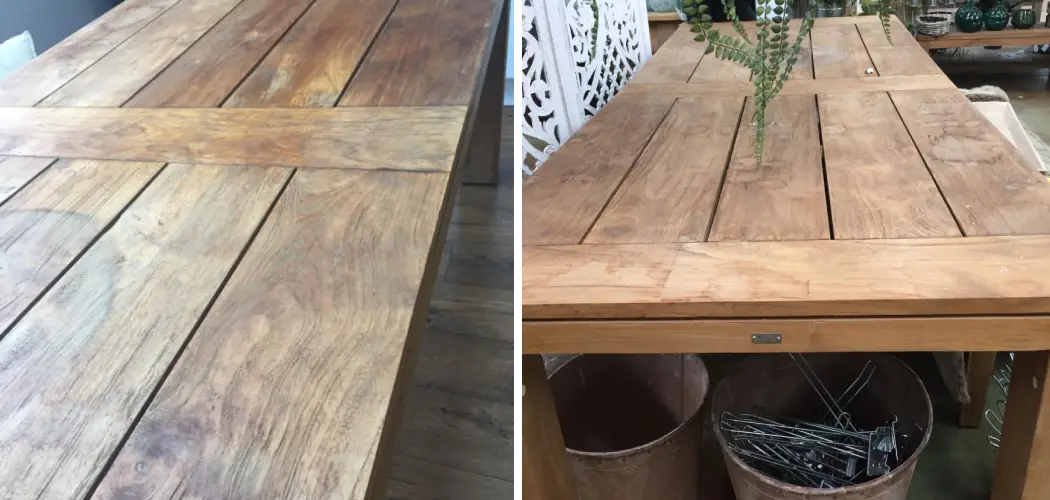Are you looking for a way to fill in the gaps between the wood planks of an old table? Whether it’s for aesthetic or functional reasons, creating the perfect solid surface can be tricky. Fortunately, we have some great tips and tricks on how to fill gaps in wood plank table.
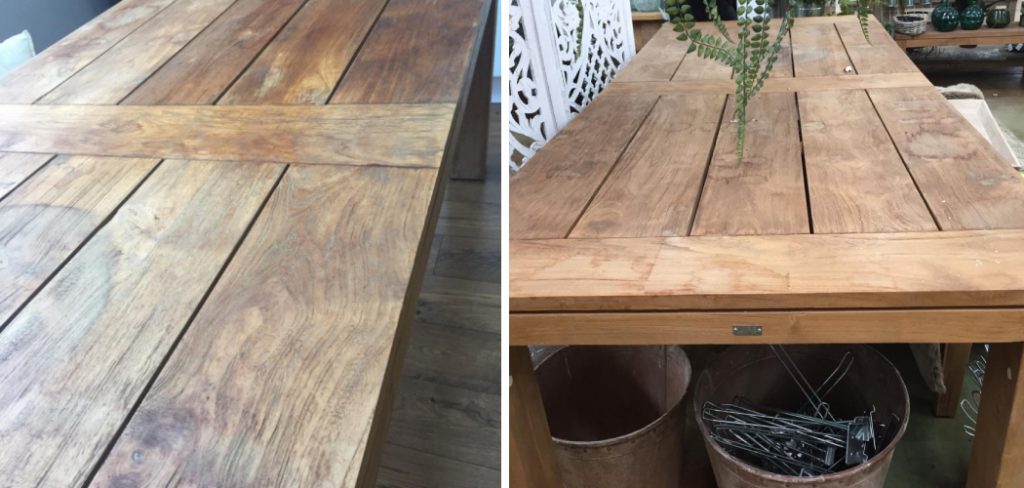
With our help, you’ll be able to understand all the steps needed to give your table a smooth finish without taking up too much time. So let’s get started and turn those tricky spaces into beautiful features!
9 Best Methods on How to Fill Gaps in Wood Plank Table
1. Using Wood Filler
One of the most common methods to fill gaps in wood plank tables is using wood filler. It’s easily available at hardware stores and can be used for both small and large gaps. Simply mix the filler according to package instructions, apply it into the gap with a putty knife, and smooth out any excess. Once it dries, sand it down for a smooth finish.
2. Mixing Sawdust with Glue
If you don’t want to spend extra money on wood filler, consider using sawdust from the same type of wood as your table and mix it with wood glue. Apply the mixture into the gap and let it dry before sanding. This method is not only cost-effective but also allows for a seamless blend with your existing table.
3. Using Epoxy Resin
For larger gaps, epoxy resin is a great option as it’s a strong adhesive that can withstand high temperatures and doesn’t shrink or crack. However, it does require some skill to use so make sure to read the instructions carefully before attempting this method. Fill the gap with resin and let it dry before sanding.
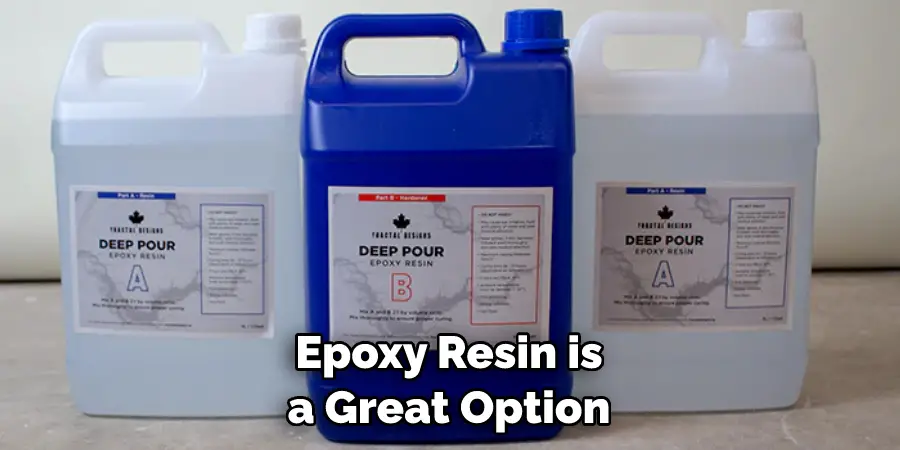
4. Adding Rope or Cord
For a unique and rustic look, consider using rope or cord to fill gaps in your wood plank table. Simply glue the rope into the gap and trim any excess. This method not only fills in the gaps but also adds character to your table. Adding different colors or thicknesses of rope can also create interesting patterns.
5. Using Wood Shims
Wood shims are another cost-effective option for filling gaps in wood plank tables. They come in various sizes and can easily be trimmed to fit the gap. Simply apply wood glue to the shim, insert it into the gap, and let it dry before sanding. This method works best for smaller gaps. Using multiple shims can also create a unique patterned effect.
6. Using Wood Strips
For larger gaps, consider using wood strips to fill them in. This method also adds an interesting design element to your table as you can choose different types of wood or stain the strips a different color. Simply cut the wood strips to size, apply glue to the edges insert them into the gap, and let it dry before sanding.
7. Using Wood Veneer
For a more professional-looking finish, consider using wood veneer to fill gaps in your table. Simply cut the veneer to size and glue it onto the gap, making sure to match the grain direction with the rest of the table. Once dry, sand it down for a smooth finish. This method is perfect for larger gaps or cracks. This method can also be used with different wood species to create a unique design.
8. Using Wood Putty
Similar to wood filler, wood putty can also be used to fill gaps in your wood plank table. It’s a mix of sawdust and glue and is available in various colors to match different types of wood. Simply apply the putty into the gap, smooth it out, and let it dry before sanding. This method is ideal for smaller gaps. If the putty shrinks after drying, apply a second coat for a seamless finish.
9. Using Butterfly or Bowtie Inlays
For a unique and decorative touch, consider using butterfly or bowtie inlays to fill gaps in your wood plank table. These are small pieces of wood that can be cut into different shapes, such as butterflies or bowties, and then glued onto the gap. Once dry, sand it down for a smooth finish. This method adds both functionality and style to your table.
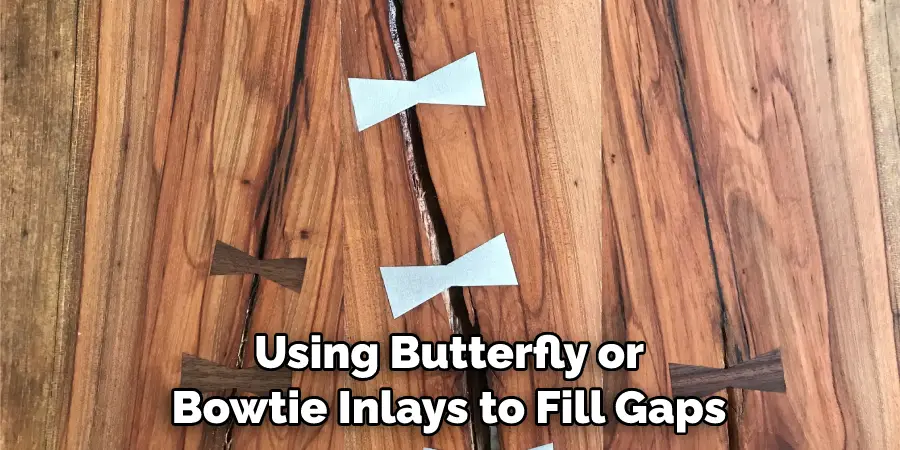
Following these methods, you can easily fill in any gaps in your wood plank table and give it a flawless finish. Just remember to choose the right method for your specific needs and always take safety precautions when handling tools and materials.
With a little bit of time, effort, and creativity, you’ll have a beautiful table that looks as good as new! So go ahead and try out these methods on your own wood plank table today. So don’t hesitate to experiment with different techniques until you find the perfect one for your table. Happy woodworking!
Additional Tips and Tricks to Fill Gaps in Wood Plank Table
- In addition to wood filler, you can also use epoxy resin to fill gaps in a wood plank table. Epoxy resin is a two-part adhesive that creates an incredibly strong bond and dries very hard.
- There are different types of epoxy resins available, such as clear or tintable resin. For filling gaps in wood planks, it’s recommended to use a tintable resin so that you can match the color of your table.
- Before filling the gap, make sure to clean it thoroughly and remove any debris or dust. You can use a vacuum cleaner or a compressed air duster for this.
- To get the best results, mix the epoxy resin according to the manufacturer’s instructions and only pour a small amount at a time into the gap. Use a putty knife or scraper to spread it evenly and remove any excess resin.
- Epoxy resin takes longer to dry compared to wood filler, so be patient and allow it to fully cure before sanding or applying any finish. This can take anywhere from 24 hours to a few days, depending on the type of resin used.
- For larger gaps, you may need to apply multiple layers of epoxy resin. Make sure to sand each layer before applying the next one for a smooth finish.
- To prevent any air bubbles from forming in the resin, you can use a heat gun or hairdryer on low heat to gently remove them while the resin is still wet.
- Once the resin has fully cured, you can sand it down to make it flush with the rest of the table. Use a fine-grit sandpaper for a smooth finish.
- If your wood plank table is made from reclaimed or rustic wood, you can use colored epoxy resin and create an interesting design in the gaps. This adds a unique touch to your table and makes the gaps look intentional rather than just filled.
- Lastly, make sure to protect your newly filled gaps with a coat of finish. This will not only ensure durability but also give your table a polished look.
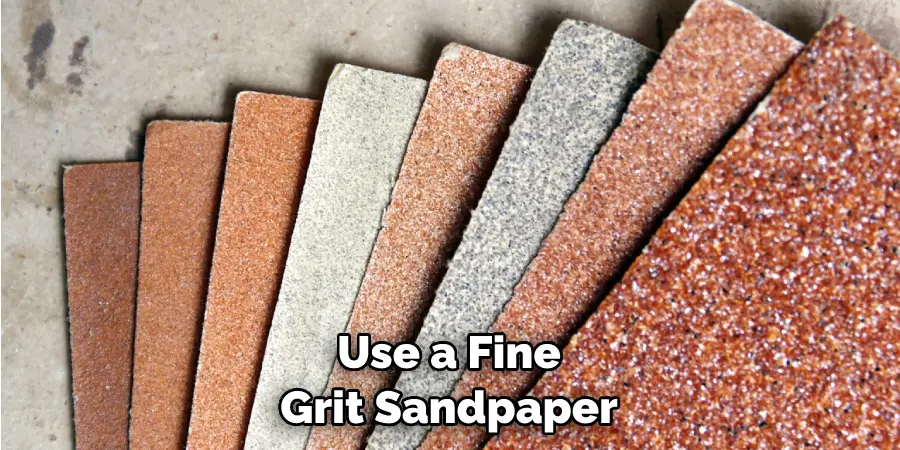
Following these tips and tricks, you can easily fill gaps in a wood plank table and give it a flawless finish. Remember to always follow safety precautions when working with epoxy resin and have proper ventilation in your workspace. Happy woodworking!
Frequently Asked Questions
What Are the Benefits of Filling Gaps in a Wood Plank Table?
Filling gaps in a wood plank table can improve its appearance and durability. By filling the gaps, you prevent dust and debris from getting stuck inside, making it easier to clean. Filling also strengthens the structure of the table and prevents further damage such as warping or splitting. Additionally, filling gaps can also add a unique aesthetic to your table by creating a smooth and seamless surface.
What Type of Filler Should I Use?
There are various types of fillers available for wood plank tables, including wood putty, epoxy resin, and wood glue mixed with sawdust. Each type has its own pros and cons, so it’s important to consider factors such as the size and depth of the gap, the color of the filler, and how long it will take to dry before making a decision.
How Do I Prepare the Table Before Filling Gaps?
Before filling gaps, it is important to thoroughly clean and sand the table. This will ensure that the filler adheres properly and creates a smooth surface. You should also remove any loose or damaged wood pieces before applying the filler. It may also be helpful to use a putty knife or scraper to open up wider gaps for easier filling.
Can I Stain or Paint Over the Filler?
Yes, you can stain or paint over most types of wood fillers. However, it’s important to keep in mind that some fillers may not take stains or paints evenly. In this case, it may be necessary to experiment with different techniques or colors before applying the final finish.
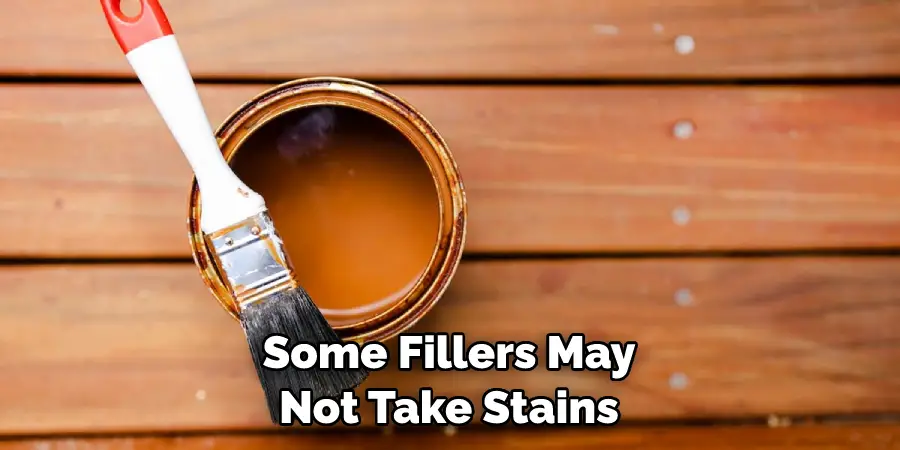
Conclusion
Now you know how to fill gaps in wood plank table and the benefits it can bring. Whether you have an old or new table, filling gaps is a simple but effective way to improve its appearance and durability. With proper preparation and choosing the right type of filler, you can easily create a smooth and seamless surface that will enhance the beauty of your wood plank table for years to come.
So don’t let those gaps go unfilled – give your table the TLC it deserves! Remember, always follow safety precautions when working with fillers and consult a professional if you are unsure about how to proceed. Happy crafting!

